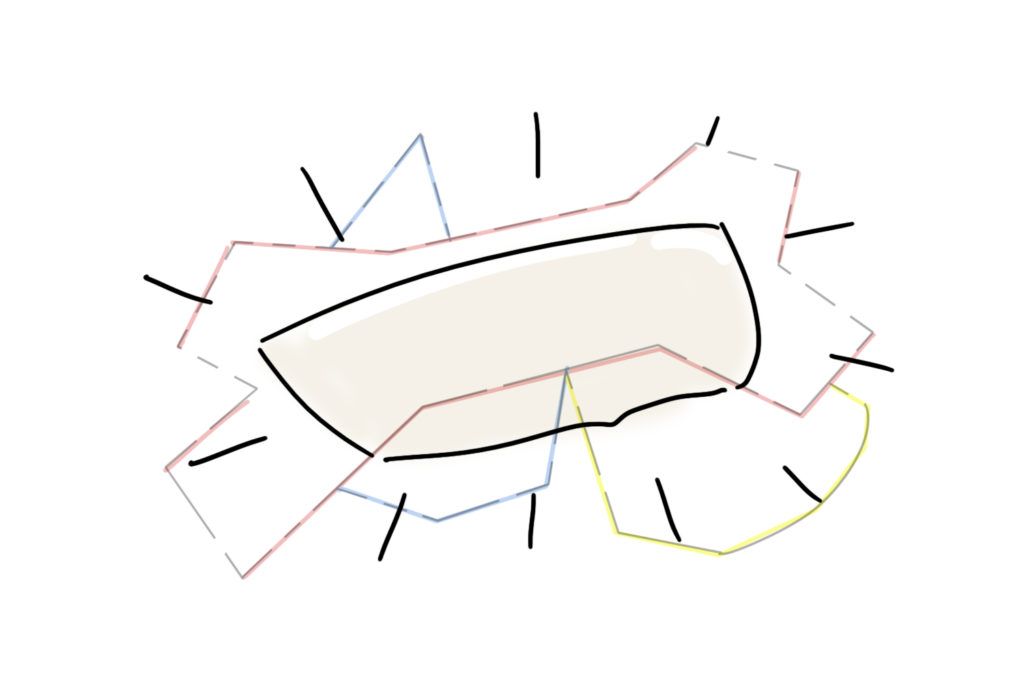I started to change the growing medium and recognized that the bacteria is not dependend on green tea or white sugar but just on any kind of source of sugar which can by fructose, lactose or glucose as well. So i made small scale growing trials of putting the bacteria into water with different materials.
The acetobacter xylinum bacteria produced cellulose from:
Glycerol, dates, carots and carot peels, beetroot, potatoe peels, coffee powder, paper waste, mixed kitchen waste.
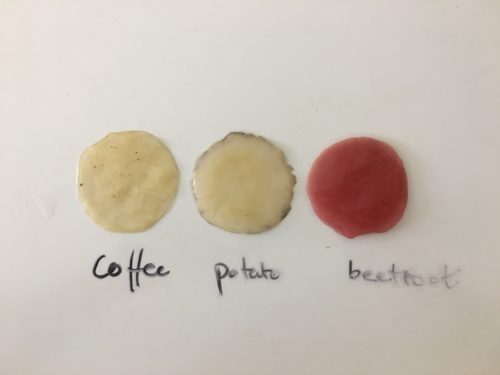
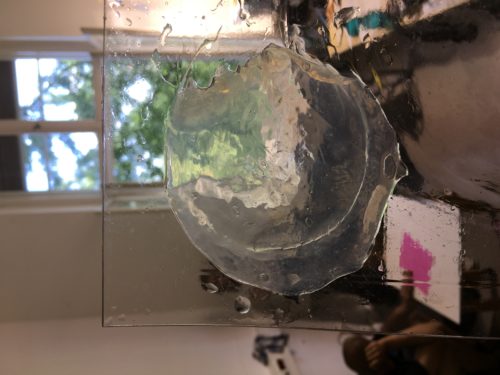

the less color and suspended matters the growing medium has the more transparent the cellulose gets.
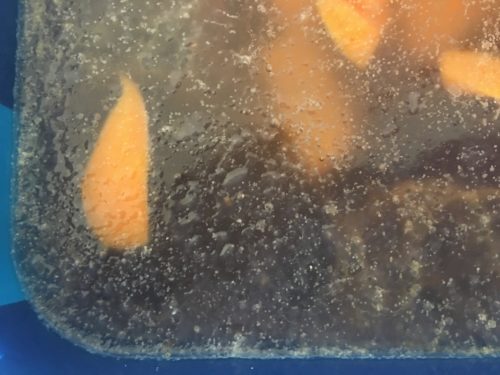
growing with carrot pieces
Growing with kitchen waste:
This brought in the perspective of being able to grow the bacterial cellulose not from consumable things like tea and sugar but from kitchen waste we would normally throw away.
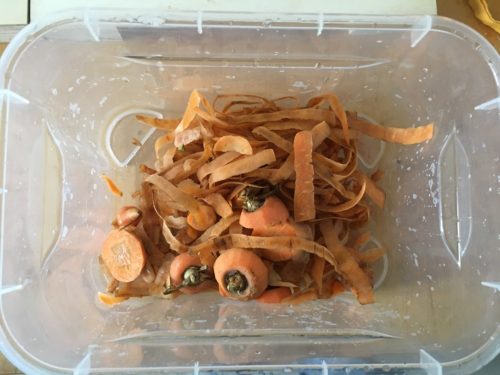
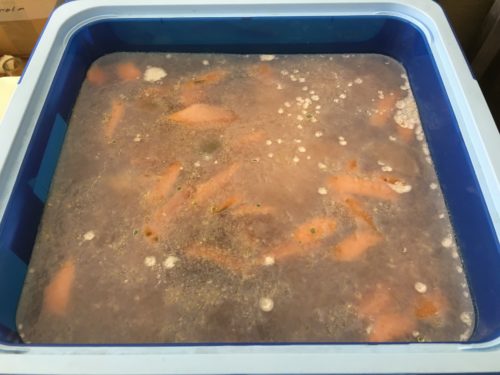
Experiments on growing with vegetables had shown that there is a high risk of gettig mold when the growing material floats on the water surface.
Therefore i build a quick mockup with a wirefrime to keep the carrot peels from floating.
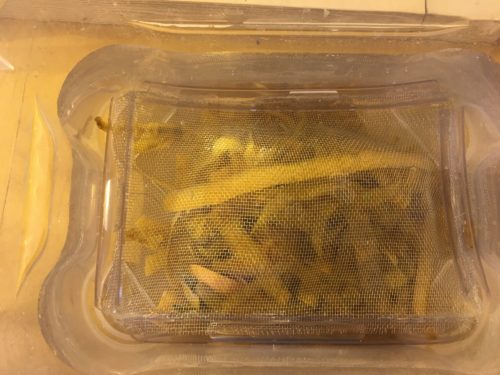
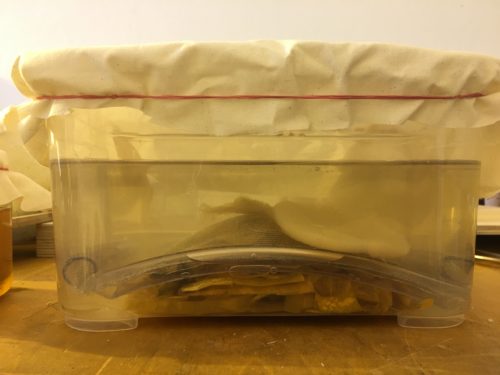
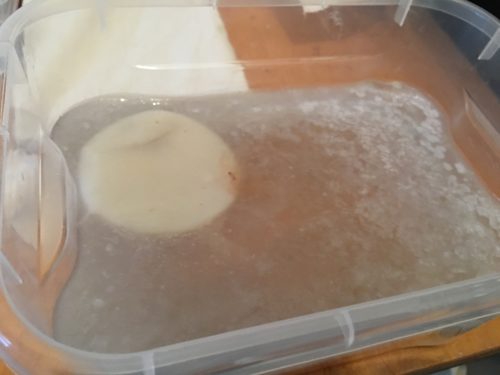 after 4 days of growth!
after 4 days of growth!














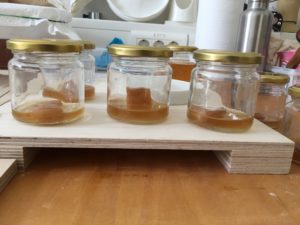

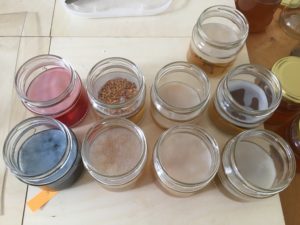
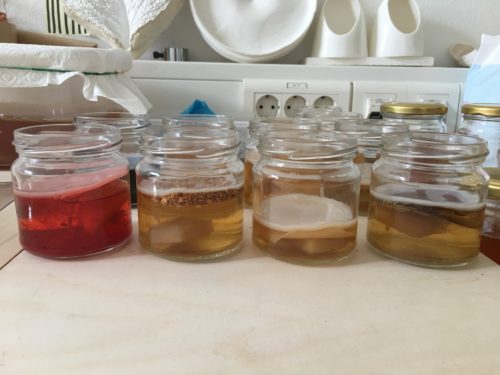
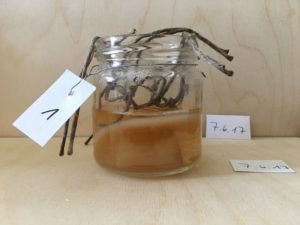



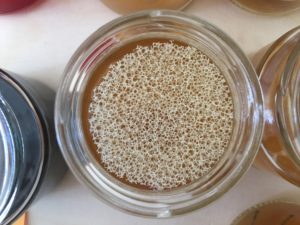

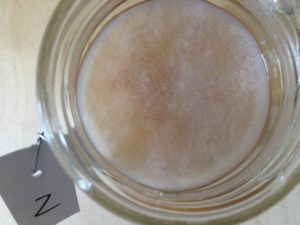
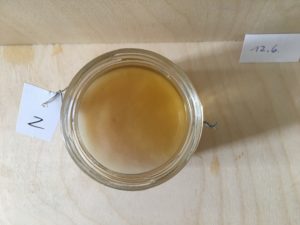

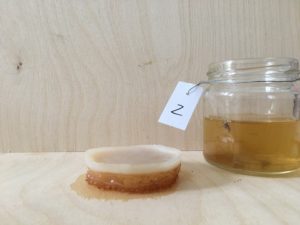


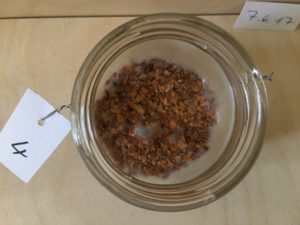

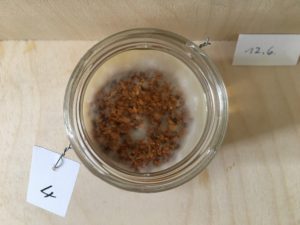

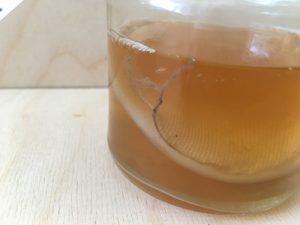





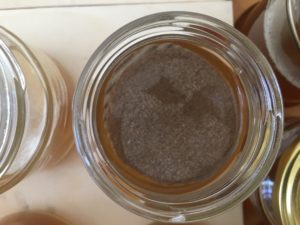

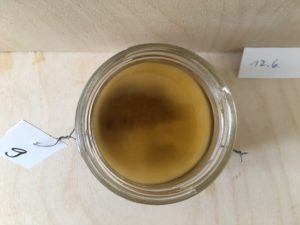

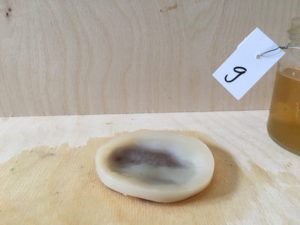

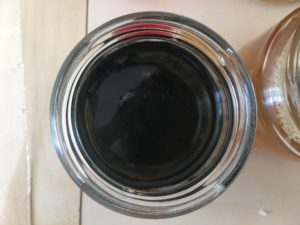

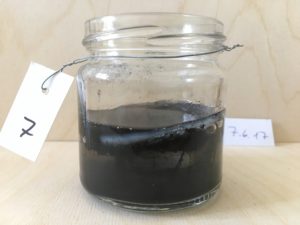

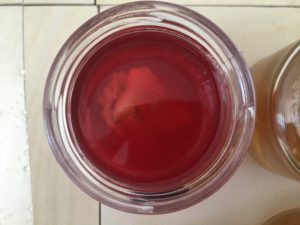
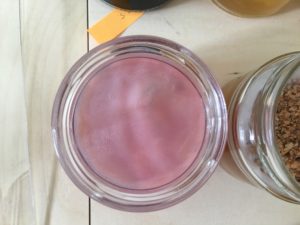

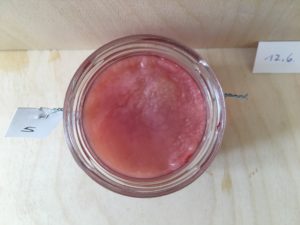
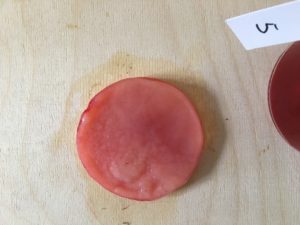





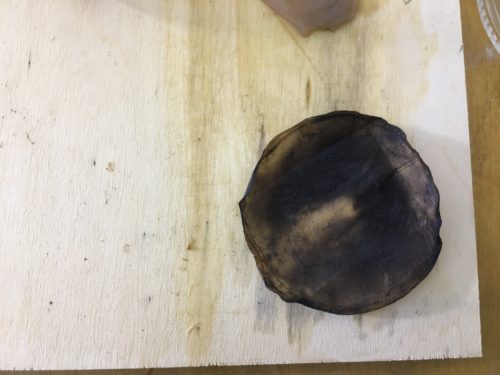

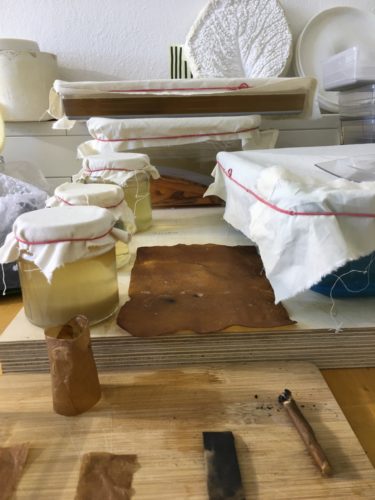
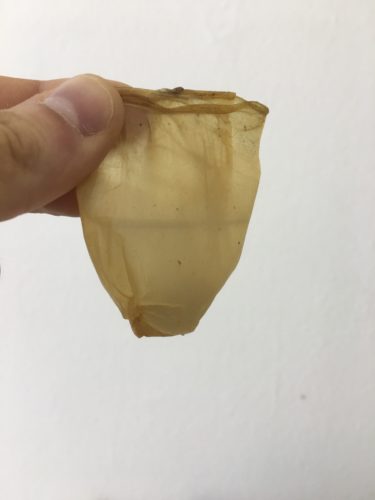









 after 4 days of growth!
after 4 days of growth!